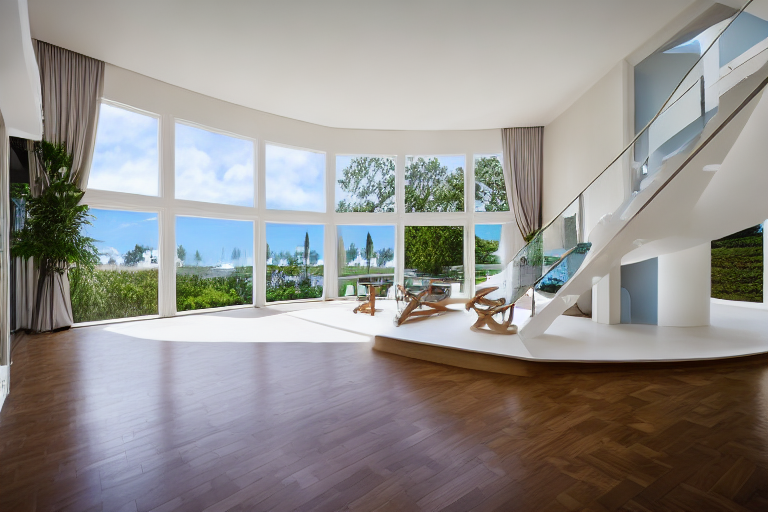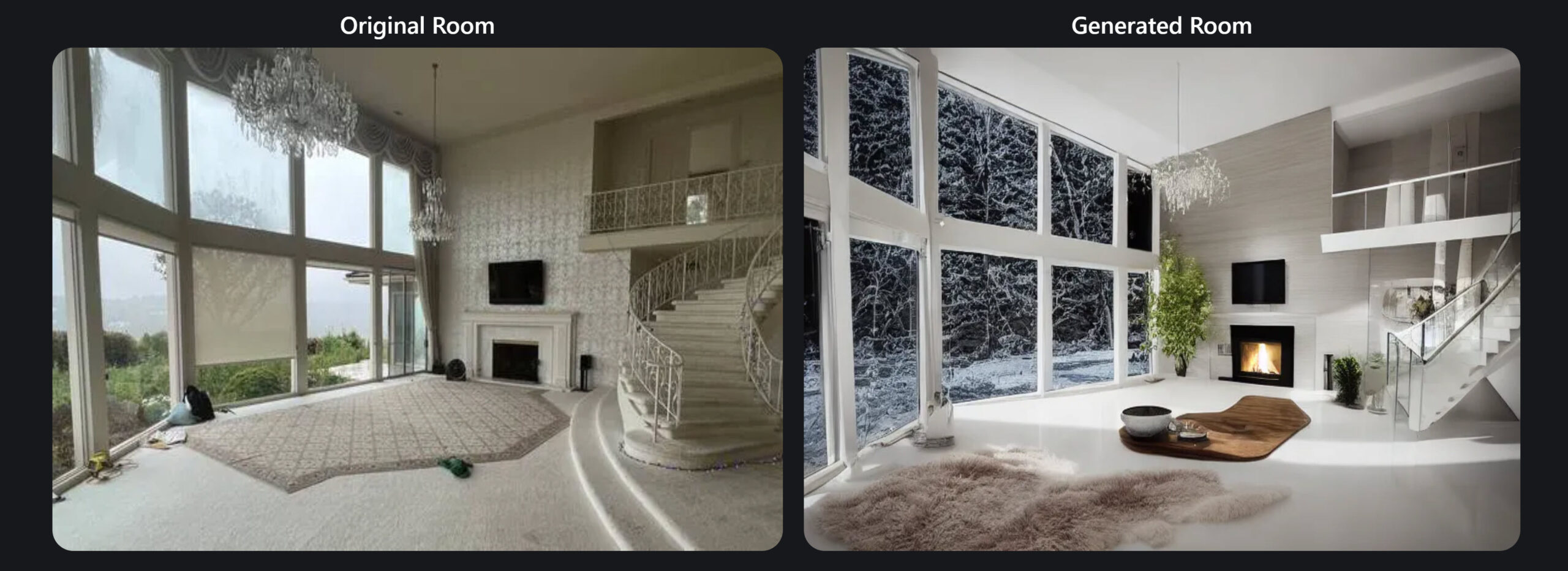In today’s rapidly evolving technological realm, artificial intelligence (AI) has emerged as a formidable catalyst for innovation and progress across various industries.
As AI continues to advance, a captivating question arises: Can machines transcend human creativity in the world of interior design?
The Rise of AI in Interior Design
Artificial intelligence possesses the extraordinary capacity to analyze enormous amounts of data and learn patterns, leading to remarkable advancements in the field of interior design. AI algorithms can process a multitude of variables, encompassing color palettes, furniture arrangements, lighting choices, and even clients’ preferences. Consequently, designers can swiftly generate accurate recommendations and craft personalized interior spaces that align precisely with their clients’ desires.
AI-Infused Design Tools
The advent of AI has given rise to sophisticated design tools that greatly assist interior designers in their creative endeavors. These tools leverage machine learning algorithms and computer vision techniques to provide real-time suggestions, generate intricate 3D renderings, and simulate diverse design scenarios. One tool we tested is call roomgpt.io. Designers can visualize their concepts, experiment with various ideas, and make informed decisions.
The Role of Human Creativity
While AI offers unparalleled capabilities, it is important to acknowledge that it is not without its limitations. Although AI can generate impressive room renderings and propose design ideas, it may sometimes lack the finesse and nuanced understanding that human designers bring to the table. AI algorithms, despite their remarkable computational power, may struggle to capture the intricacies of human emotions, cultural influences, and the unique preferences of individual clients. Human creativity remains an invaluable asset that cannot be easily replicated by machines.
Augmented Design: The Best of Both Worlds
In the future, designers may utilize AI as a tool for inspiration and ideation, leveraging its analytical capabilities to generate innovative design concepts. AI algorithms can process vast amounts of data, extract insights, and propose novel ideas that designers may not have considered. This collaborative approach enables designers to explore uncharted territories while preserving their unique creative vision.
In the battle for interior design excellence, it is clear that AI and human creativity each bring their distinct strengths to the table. While AI offers unmatched computational power and efficiency, human designers contribute emotional intelligence, intuition, and the ability to forge meaningful connections.


